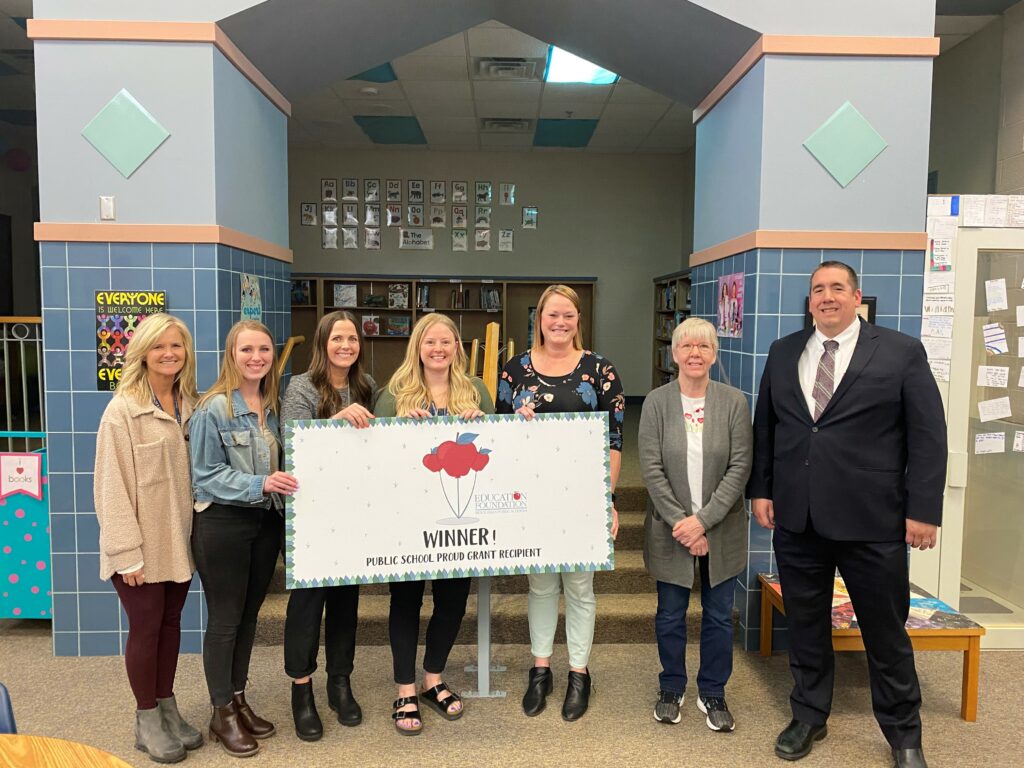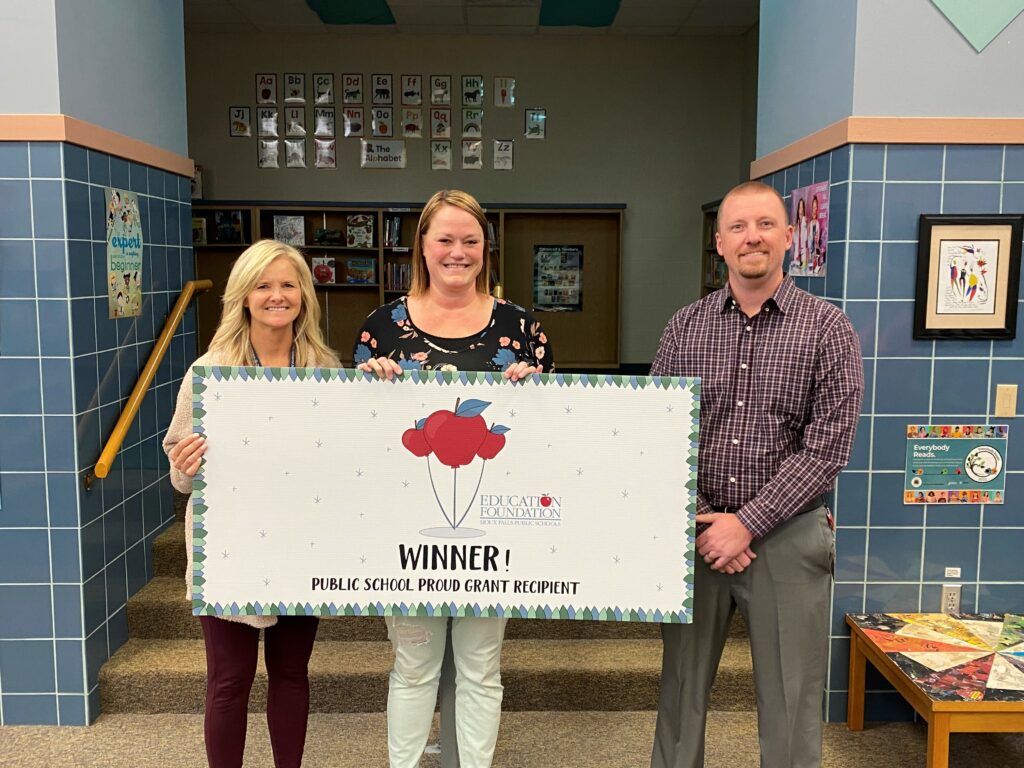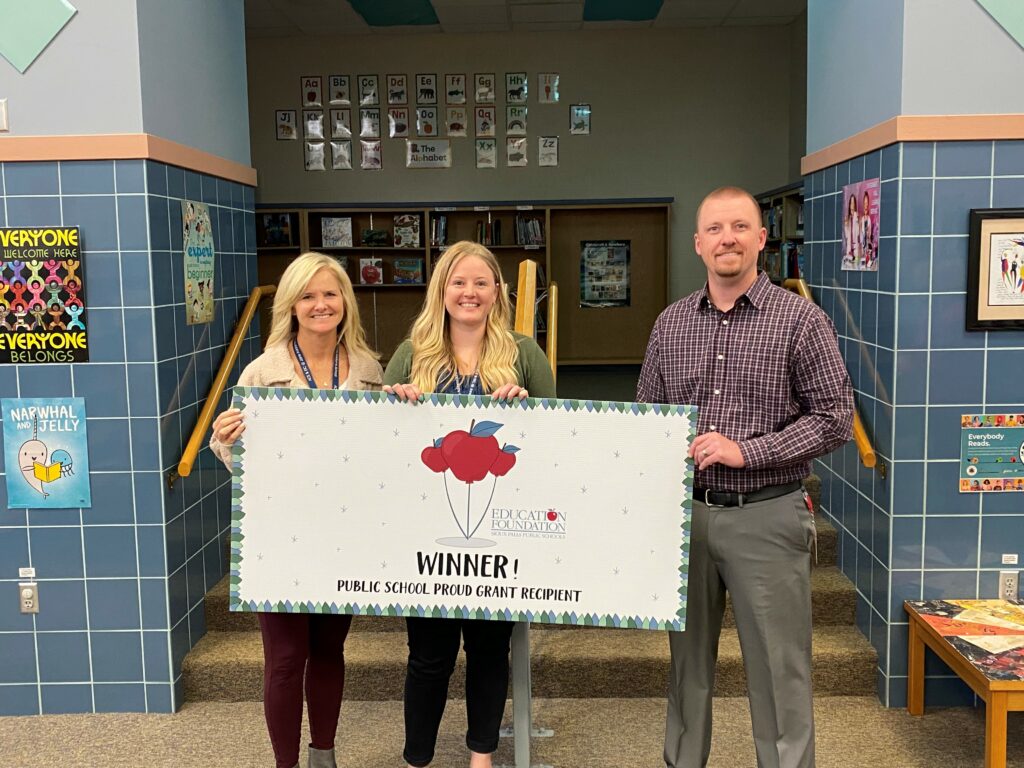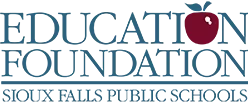Six teachers from Jane Addams Elementary received Public School Proud Grants from the Sioux Falls Public Schools Education Foundation.

Sheila Pike, Heidi Williams, Tanya Rausis, Eliza Leloux, Alexa Nelson, and Lindsey Gray received $1,443.47 for their grant, “S.O.A.R. Into Family Time.” They will purchase STEM materials, board games, snap circuits, and puzzles, and students will work collaboratively with their peers, teachers, and parent volunteers. In the application, they wrote, “Research shows that social skills are essential for students to learn so they can interact appropriately in their school and home environments. Our project features a variety of interactive games and STEM activities that will be used to intentionally build social skills in all grade levels. Students will be given multiple opportunities to practice turn-taking, waiting, sharing items amongst peers, and compromising when there are periods of disagreement. The board games and STEM activities outlined will offer innovative solutions to boosting student creativity, create a place for all learners, and will let students take risks and fail. Students will also learn how to interpret body language, emotions, and be given opportunities to practice team building and sportsmanship skills.”
Eliza Leloux received $3,690.63 for her proposal, “Full STEAM Ahead!” She will purchase STEAM kits, marble runs, Dash robots, and Osmo coding games. In the application, she wrote, “My project will spark an interest and lifelong love of the arts and science in children from an early age. It is my goal for students to be excited to learn aboutscience, technology, engineering, arts, and math! STEAM-based learning gives students tools and methods to explore new and creative ways of problem-solving, displaying data, and being innovative. It teaches them how to think outside the box!
Within the activities requested, I intentionally chose activities that would provide hands-on experiences that were cross-curricular. For a science focus, I chose a classroom physical science lab kit that highlighted force and motion, electricity, and simple machines. Fortechnology and art, the Wonder Workshop Dash coding robot (that also codes to sketch different art designs) will give kids opportunity to practice coding. We will also use Botley the Coding robot which introduces coding fundamentals without the need for a screen. This robot pairs hands-on coding challenges with advanced collision detection, looping commands, and programming logic. For engineering, the K’Nex materials will teach engineering through play by building projects and 18 STEM experiments, as well as exploring the science of pneumatics and hydraulics. Also, to promote design and engineering skills, we would use magnetic marble run designs where students build exciting tracks and mazes. The Osmo Genius Starter Pack will ignite math, art, engineering, and technology with games involving collaborative learning, visual problem-solving skills, puzzles, math, social-emotional skills, physics, freehand drawing, and spelling & vocabulary.”

Lindsey Gray received $1,070.58 for her application, “STEM-ulate Our Brains.” In the grant, she wrote, “According to the Department of Labor, more than 65 percent of today’s students will grow up having careers that do not yet exist. It is becoming more crucial to prepare our students with the confidence and skill set to invent the world in which they want to live. This project will help me integrate STEM and 21st-century skills into our weekly science routine.
There continues to be a gap in knowledge when science achievement is compared to mathematics and languages arts achievement. This project will help to close that gap. The science kits detailed in this project involve hypothesizing solutions to problems, playing with the solutions to figure out what works and what needs improvement, reformulating the solutions to incorporate new ideas, and sharing invention amongst peers.
With the STEM kits I purchase, students will complete a human circuit, experiment with beads that defy gravity, and discover where static electricity really comes from! I don’t want my students to ‘pretend to be scientists’, I want to equip them with the skillset necessary to become scientists. Exposing students to STEM at a young age is a way to capture their imagination and keep them interested in science, technology, engineering, and math jobs in the early stages of their educational careers. The STEM kits listed below are examples of standards-aligned science experiments that will enhance our daily science classwork.”

